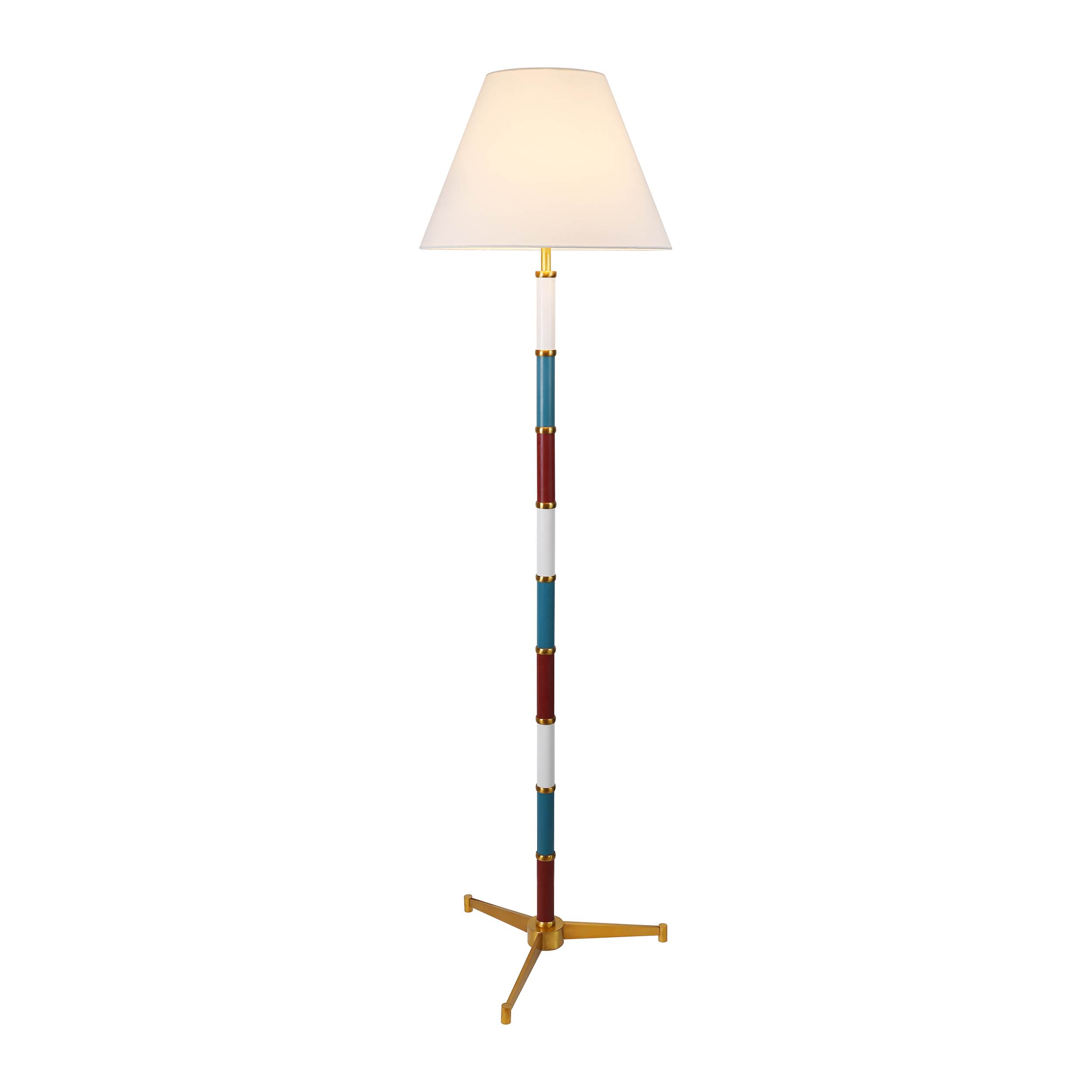Explaining the Concept of Layered Lighting: A Comprehensive Guide
Explaining the Concept of Layered Lighting: A Comprehensive Guide
Understanding Layered Lighting
In the world of interior design and architecture, lighting plays a crucial role in setting the mood, enhancing Aesthetics, and providing functionality to a space. One of the most effective methods to achieve a balanced and versatile lighting scheme is through the concept of layered lighting. This article will explore what layered lighting is, its importance, the different types of lighting layers, and how to implement them in your space effectively.
What is Layered Lighting?
Layered lighting refers to using multiple sources of light within a space to create a well-balanced, functional, and visually pleasing environment. This technique involves combining various types of lighting—ambient, task, and accent—to achieve depth and dimension. Layered lighting can transform a simple room into an inviting and dynamic space. Let’s delve deeper into the three main types of lighting included in this concept.
The Three Types of Lighting Layers
| Type of Lighting | Definition | Purpose |
| Ambient Lighting | The general, overall light used to illuminate a space. | To provide a uniform level of illumination throughout the room. |
| Task Lighting | Focused lighting that helps perform specific tasks. | To facilitate activities such as reading, cooking, or working. |
| Accent Lighting | Lighting designed to highlight specific features or add drama. | To create visual interest and focal points in a room. |
The Importance of Layered Lighting
Layered lighting is essential for several reasons. Firstly, it adds versatility. By adjusting each layer, you can create different moods and atmospheres—bright and energetic during the day and soft and cozy in the evening. Furthermore, it can enhance architectural features and décor, drawing attention to artwork, plants, or unique design elements.
Another vital aspect is functionality. Layered lighting improves the practicality of a room, ensuring that you have enough light for various tasks without overwhelming the senses. For example, a well-lit kitchen requires task lighting over the countertops while maintaining ambient light for the overall space.
Implementing Layered Lighting in Your Space
When planning your lighting design, consider the following steps to effectively implement layered lighting:
1. Evaluate Your Space
Take a close look at your room. Assess its size, layout, and the existing natural light to determine what types of lighting will work best. Consider the activities that will occur in the space and design your lighting accordingly.
2. Choose Your Lighting Layers
Based on your evaluation, select the appropriate layers of lighting. Use ambient lighting as your foundation and build upon it with task and accent lighting where necessary. For example, in a living room, you might have a ceiling fixture for ambient light, Table lamps for task light while reading, and wall sconces to accentuate artwork.
3. Explore Different Fixtures
Explore various lighting fixtures that suit your design style. Here are some popular choices:
- Ceiling Fixtures: chandeliers, flush mounts, and pendant lights for ambient lighting.
- Table and Floor lamps: Great options for adding task lighting.
- Wall sconces: Perfect for accent lighting and creating focal points.
- Recessed Lights: Great for a modern, clean look that provides both ambient and task lighting.
Layered Lighting Techniques
Understanding where and how to position your lighting can greatly impact the effectiveness of layered lighting:
1. Use Dimmers
Dimmers allow you to easily adjust the brightness of your lights, providing flexibility for different occasions and times of day. This way, you can create a cozy atmosphere in the evenings or a more bright and energizing space during the day.
2. Consider Light Color Temperature
Light color temperature can significantly affect the mood of a space. Warm white light (2700K-3000K) creates a cozy and inviting environment, while cool white light (4000K-5000K) enhances focus and energizes the space. Choose bulbs that reflect the desired atmosphere for each layer of lighting.

Potential Challenges with Layered Lighting
Although layered lighting provides many benefits, implementing it can come with challenges. Here are a few common issues and how to navigate them:
1. Over-Illumination
One common mistake is overdoing the layers, which can lead to a cluttered and overly bright space. Ensure that each layer serves a purpose and adjust the intensity of the fixtures appropriately.
2. Uneven Lighting Distribution
Layered lighting can create hotspots or uneven distribution if not spaced correctly. Experiment with your light placement until the illumination is balanced throughout the room.
Layered Lighting in Different Spaces
Layered lighting can be adapted to fit different areas of your home:
Living Room
In the living room, ambient lighting can come from ceiling fixtures, while task lighting might include Table lamps or Floor lamps near seating areas. Use accent lighting to highlight decor elements, such as artwork or shelves.
Kitchen
The kitchen benefits from bright ambient lighting, complemented with task lighting under cabinets to illuminate work surfaces. Accent lighting can highlight decorative elements like open shelving or a beautiful backsplash.
Bedroom
Create a soothing atmosphere with soft ambient lighting from bedside lamps. Task lighting can be incorporated through functional lamps for reading, and accent lighting can highlight wall art or soft features.
Final Thoughts on Layered Lighting
In conclusion, layered lighting is an effective technique that transforms spaces into functional and aesthetically pleasing environments. By understanding the different types of lighting and their purposes, you can create a sanctuary tailored to your lifestyle. It's essential to plan appropriately, consider the light's color and intensity, and experiment until you find the perfect balance.
As you embark on your layered lighting journey, remember to always prioritize functionality while maintaining an inviting atmosphere. Don’t hesitate to seek professional advice to achieve the best results, particularly in larger or more complex spaces. With the right application of layered lighting, you can elevate your home into a haven of comfort and style.
